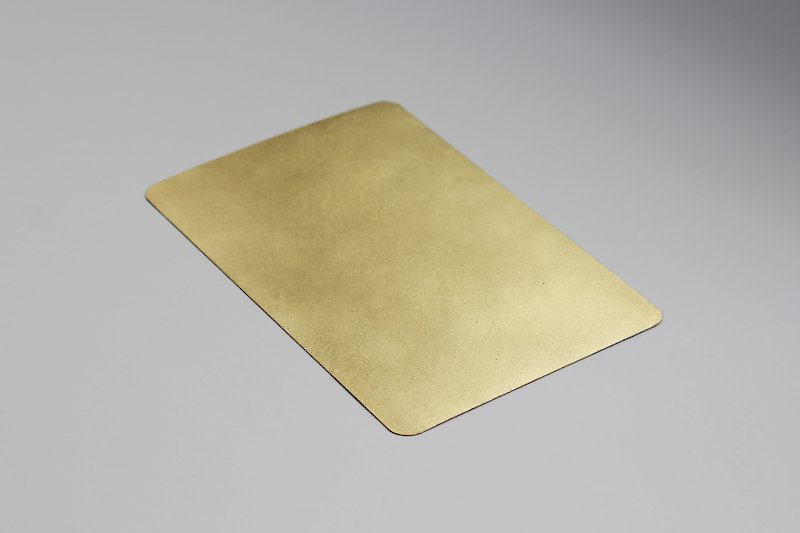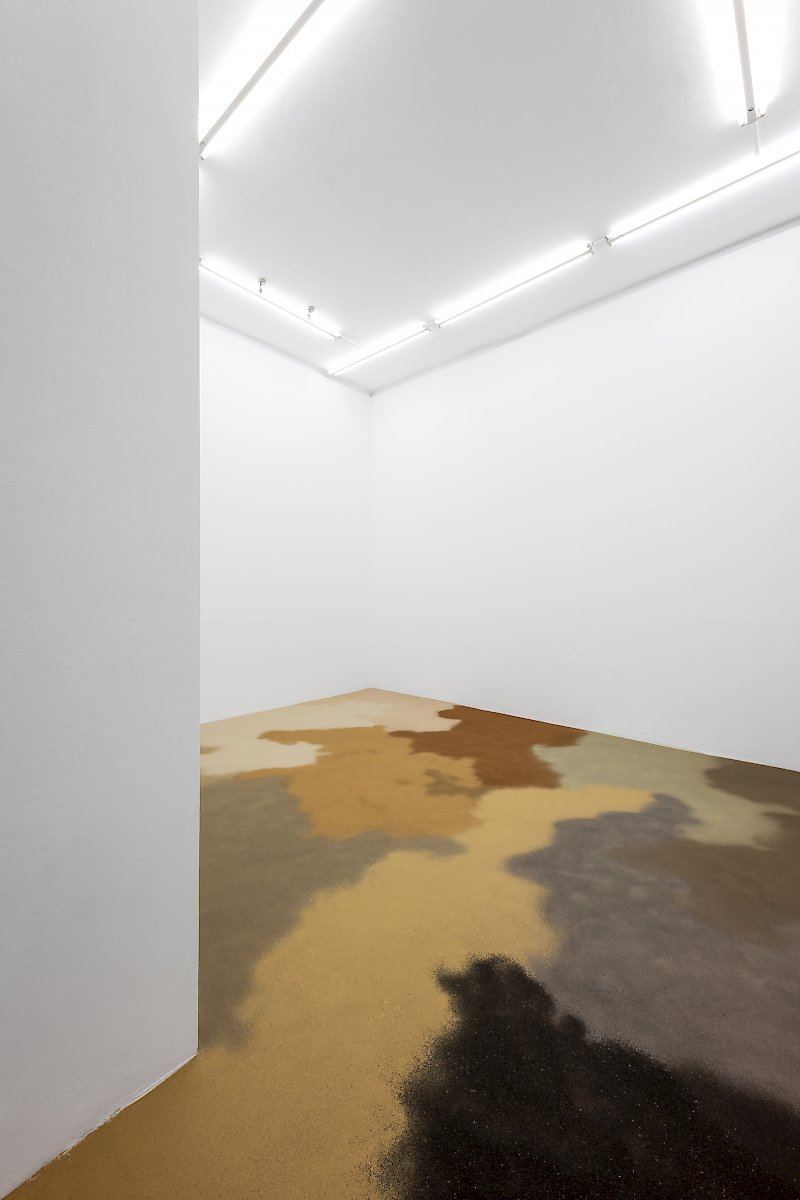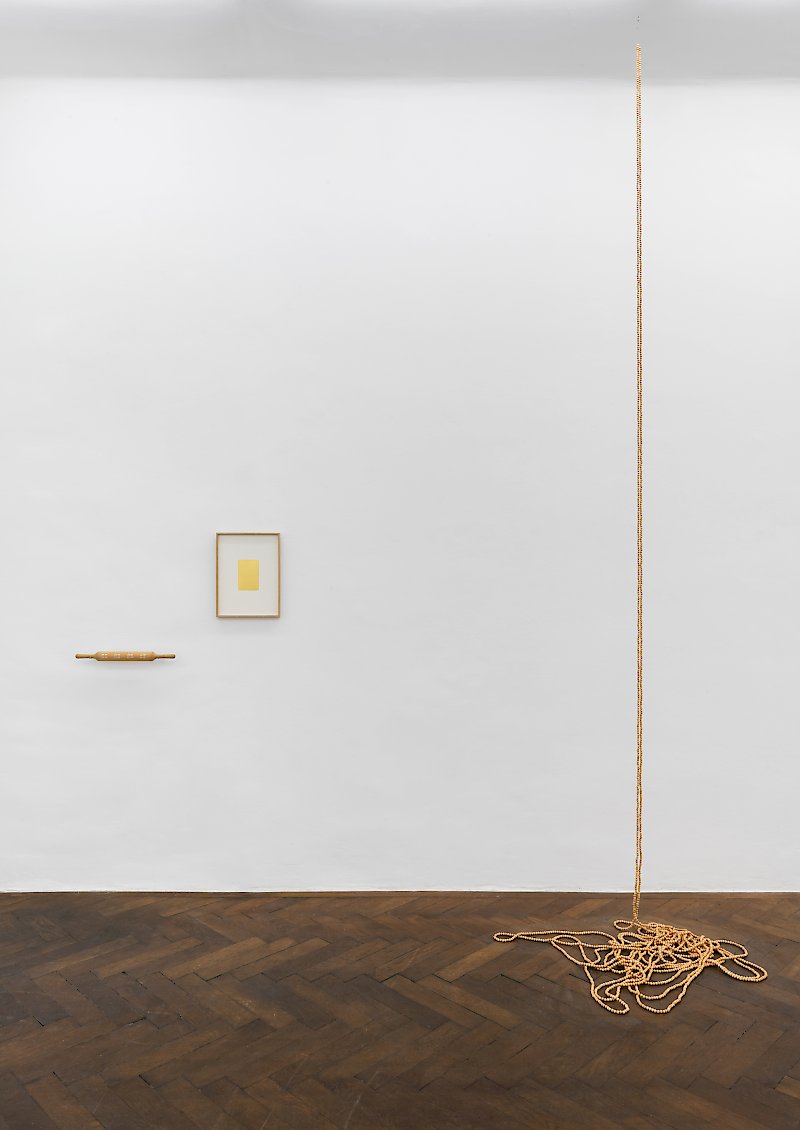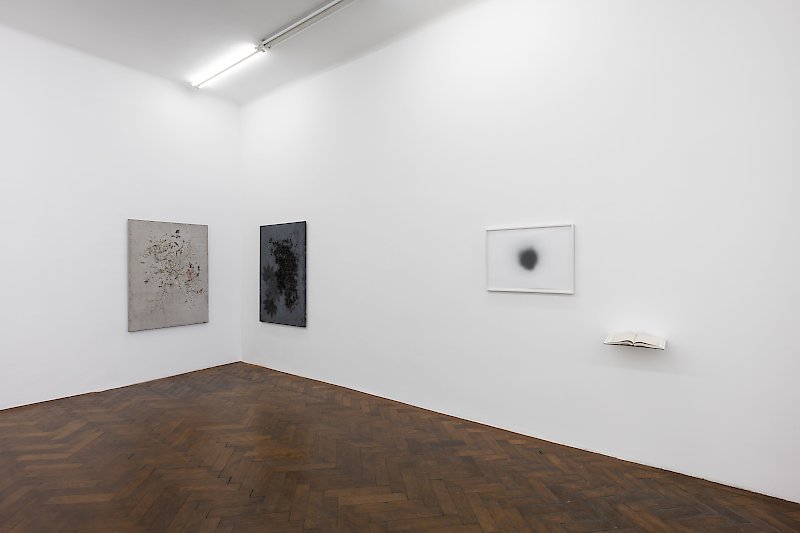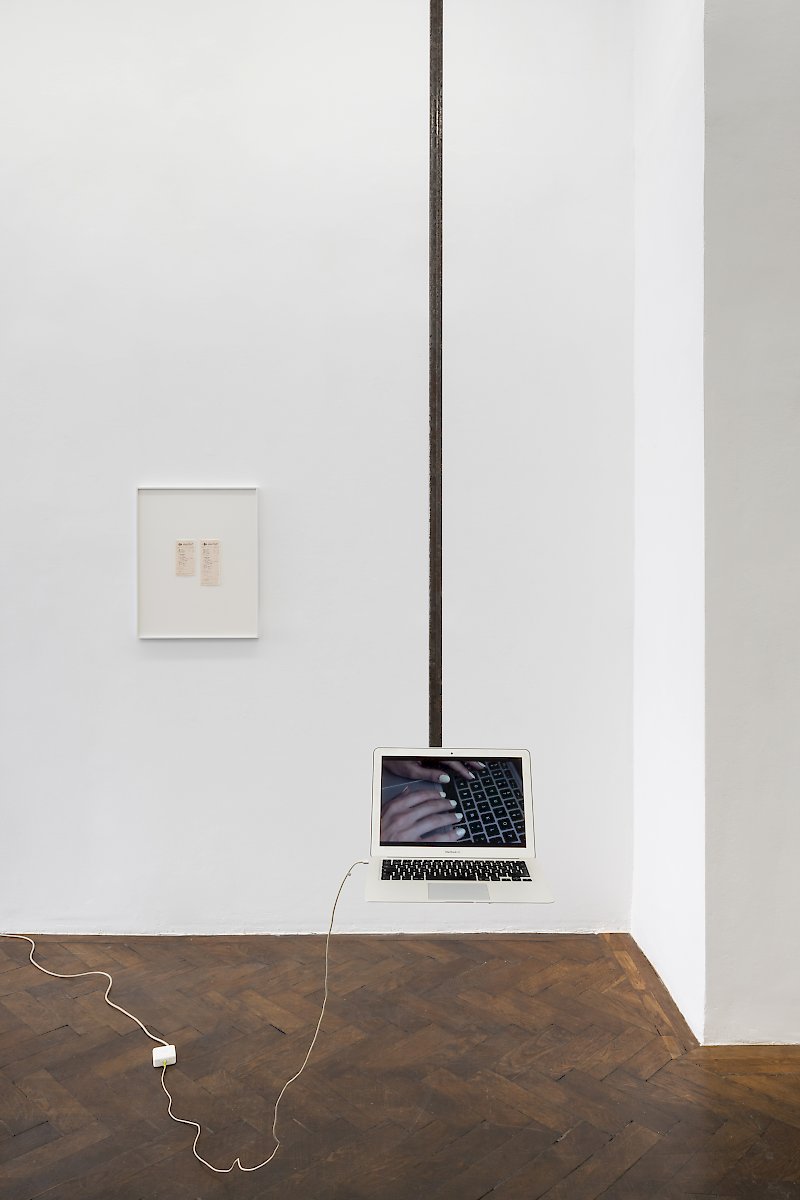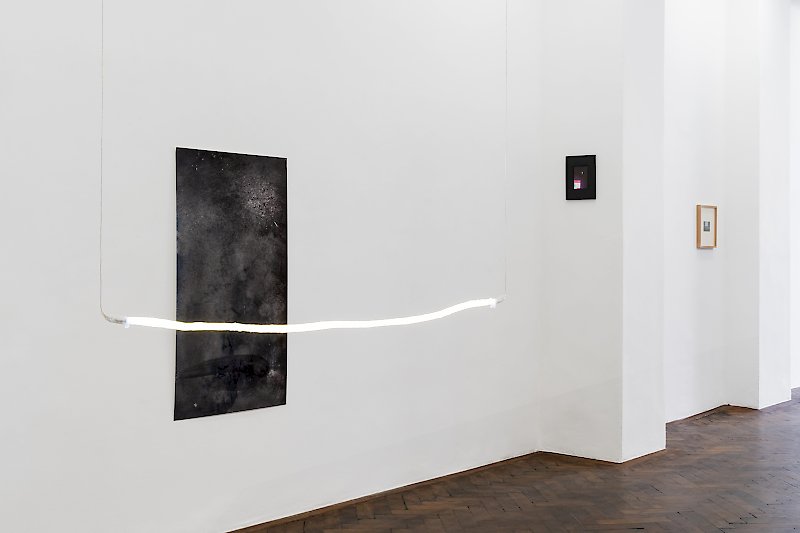While using different approaches, Charbel-joseph H. Boutros (*1981, lives and works in Beirut and Paris), Alessandro Piangiamore (*1976, lives and works in Rome) and Stéphanie Saadé (*1983, lives between Beirut, Paris and Amsterdam) give form to that which has no shape, in an attempt to make the immaterial visible or to reveal the invisible aspects of things. They translate emotions, feelings and perceptions, giving new meaning to each object. Each work of art becomes a kind of poetic space with an inherent potential imagination. These are intimate spaces, refuges, places where an exchange with the public can happen. This approach is reminiscent of “The Theatre of the Invisible-Made-Visible” an expression used by Peter Brook (1) to describe Shakespeare‘s theater. Thanks to “the distribution of the Sensible“ (2) Shakespeare translates “the invisible currents that rule our lives” and plays with numerous styles and political discourses. In the light of this rhetoric, it is clear that the works of art on display emanate a poetic and paradoxical image of the world that invites the public to enter into an intimate and intuitive relationship with each of these pieces of art, but also and above all, to question their relationship to the world of today.
As an expression of the intimate, such as Mon Amour, the oeuvre of Charbel-joseph H. Boutros draws on his inner experiences to create a universe of imperceptible realities. The artist approaches these phenomena with the force of dreams, creating seemingly elusive worlds. In Night Cartography Boutros tries to map the dark and mysterious which is the night. Thus, he translates, in zones, his dreams and fantasies. “All this is present in my work of art, both visibly, as well as almost imperceptibly” says the artist. This piece is part of his larger project, along with a blanket with burnt edges, called Night cartography #2. As for 2m Long of Isolated Darkness, it is a volume isolated thermally and acoustically from the exhibition space. According to Boutros “darkness erases our differences, erases time, erases the present. It is a natural and vital experience“.
Fascinated by the vibrations of matter and by the never-ending motion of nature, Alessandro Piangiamore thus manages to translate immediacy and fleeting impressions, playing with the immaterial and the tangible, the artificial and the natural, the rigidity and softness of materials. With his Ikebana series, the artist captures, in cement, the imprint of found flowers. Massive and delicate, these panels evoke both the ephemeral beauty of these flowers but also the stony timelessness of fossils. Therefore, the triviality of concrete rubs shoulders with the delicacy of flowers and plants. Dust Hunter, composed of volcanic sand and soils taken from Sicily – the artist‘s native land – evokes a moving landscape with its colors varying from black to telluric brown. Through his works, Piangiamore is able to combine interior and exterior, the intimate and the immense, memories and secrets.
In contrast, Stéphanie Saadé shows her interest in silent spaces, where the signs of an absent life can be seen. Akin to “scenographic receptacles“, these objects seem to be in a sense of waiting. An entire mental architecture takes shape, suggesting the journeys and wanderings of one‘s memory, as in Building a Home with Time or We‘ve Been Swallowed by Our Houses. From an object to memory of it or from the memory of it to the object, this two-way movement is inherent to her approach. According to this principle, Golden Memories transforms the memories of the past into a mirror of the present. To flee or to fade, to elude or to disappear, to remain or to escape are this artist‘s recurring themes. In Digiprint, she transforms a shot of her phone screen into a pictorial form that integrates the private and the public.
Thus, these three artists have created spaces that are standing ajar which reveals hidden and mysterious worlds. These invisible worlds which are based on the visible one provoke – as does the theater – the public’s imagination, thereby raising new questions in the mind.
(1) Peter Brook, The Empty Space, New York, Touchstone, 1996, p. 49, 52.
(2) Jacques Rancière, The Politics Of Aesthetics: The Distribution of the Sensible, Continuum, 2004.
Text by: Mouna Mekouar
